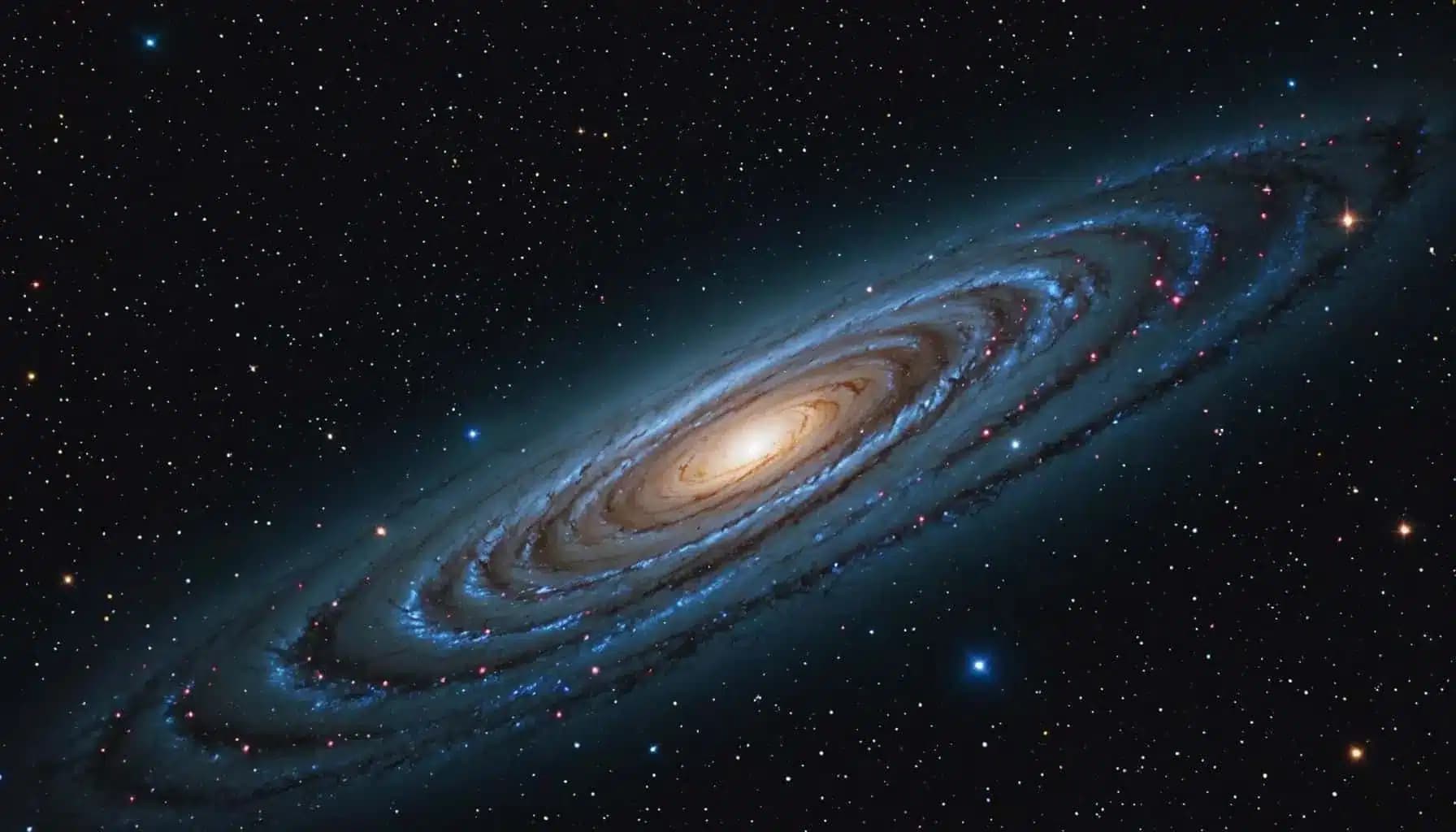
Exploring the Mysteries of Deep Space: What Lies Beyond?
The mysteries of deep space, from the swirling accretion disks of black holes to the ethereal glow of distant galaxies, beckon with the promise of discovery and enlightenment. As we continue to develop new technologies and probe further into the cosmos, we inch closer to understanding the universe's grandeur and complexity. Our journey through space […]